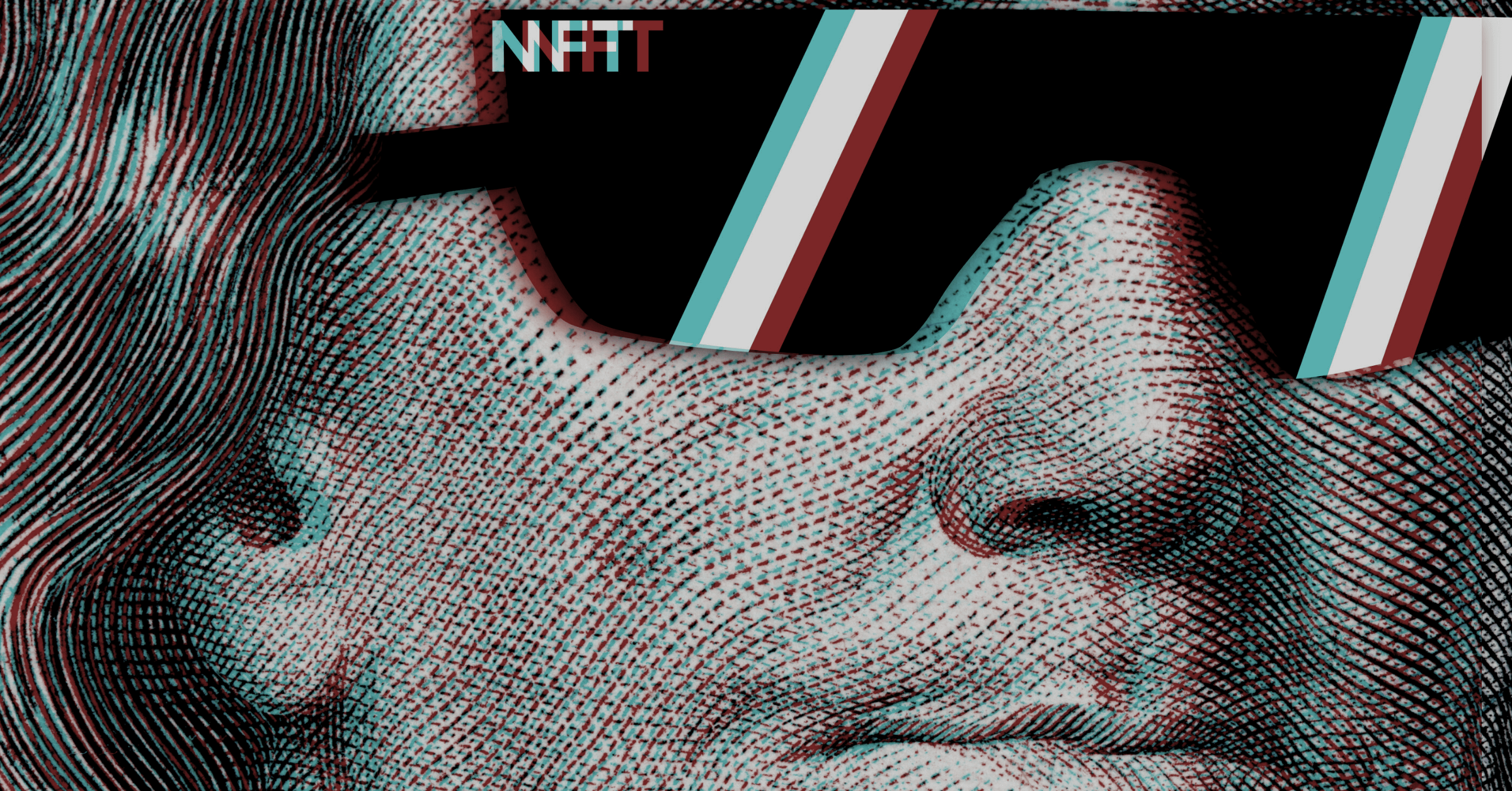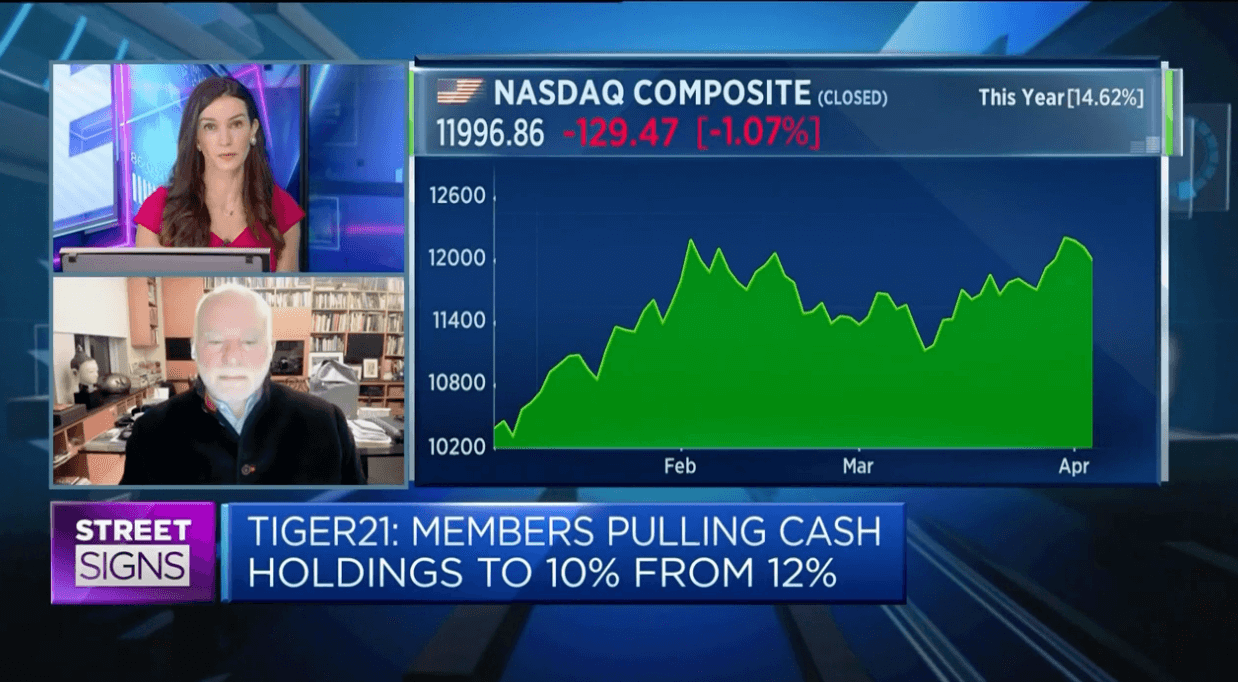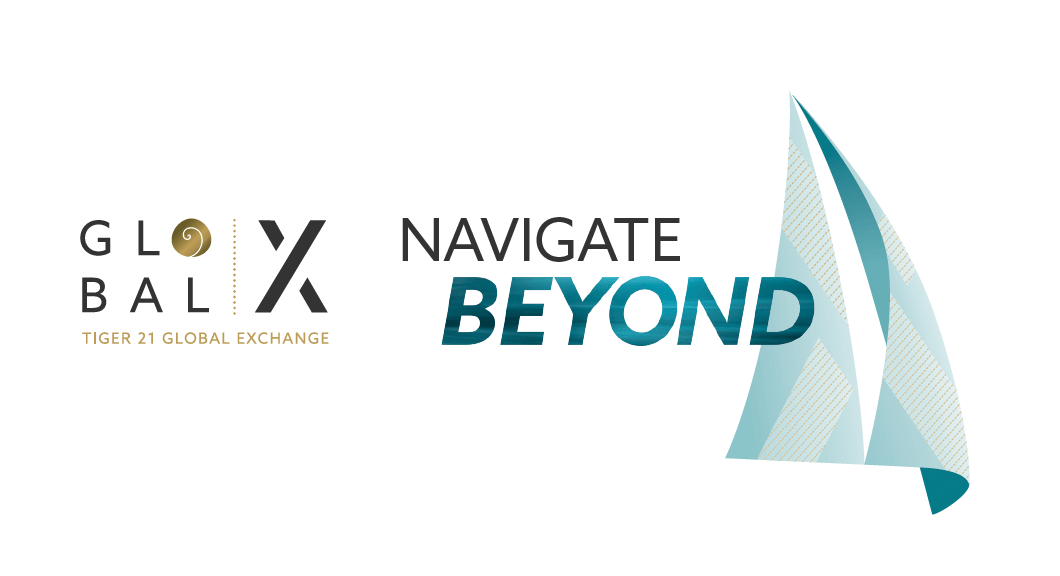Crypto Collectibles 101 | Non-Fungible Tokens

Crypto Collectibles 101 | NFTs
Non-fungible tokens (NFTs) are easily fetching millions of dollars and quickly finding their way into collector and investor portfolios. But what are they? Here are a few definitions and stats to help you navigate this growing investment opportunity.
What is an NFT?
NFTs, or non-fungible tokens, are digital assets representing real-world objects like art, music, and videos that are bought and sold online using cryptocurrency. They are one-of-a-kind (or limited run) and have unique identifying codes.

“Essentially, a non-fungible token differs from other types of crypto tokens in that they’re not exchangeable one for one, so there’s no fungibility,” said SuperRare CEO and Co-Founder, John Crain. “What this really means is that each NFT has a unique ID and can be uniquely tracked.”
When purchasing an NFT, in addition to the art or asset, the buyer gets a piece of code that serves as a certificate of authenticity and ownership.
At its core, NFTs represent digital scarcity. In the virtual world where many assets are in infinite supply, narrowing that supply and assigning ownership creates demand.
How are Non-Fungible Tokens Secured in the Blockchain?

NFTs are a way to prove ownership of art or collectibles. These tokens are stored in distributed ledgers on the Ethereum blockchain. A blockchain is a series of transactions duplicated and distributed across a network of computer systems that makes it difficult to change, hack, or cheat the system.
Dealing art with a digital ledger also greatly reduces incidences of fraud, a rampant issue in the physical art world, said Anita Heriot, The Fine Art Group President of North America. “Generally speaking, having a process in which we can truly track authenticity is absolutely essential. And that may be the greatest contribution to the art world in terms of the NFT.”
Who is Investing in NFTs?

As one in three adults consider themselves a collector of something as a hobby or investment, it’s no wonder NFTs are gaining popularity.
- More than half of U.S. adults are current or former collectors in both the digital and physical markets
- Millennials and Gen-Xers are the largest cohorts of collectors: 42% are millennials and 37% of Generation X
- 16% of adults are familiar with NFTs
- 40% of adults are familiar with cryptocurrency
- Sales of digital non-fungible tokens soared to more than $2 billion in the first quarter — more than 20 times the volume of the previous quarter
How is Technology Democratizing Art?

With more art and other collectibles entering the digital sphere with greater transparency through opensource data, more and more people are gaining access to assets that are not unattainable in the physical world.
“I think what you are going to see is continued technological advancement, which is really going to make things more liquid and more democratic for anyone who wants to participate,” said Collectable CEO Ezra Levine. “When you remove frictions, when you remove barriers to participation, that generally is a good thing for collectibles as an asset class.”
About TIGER 21
TIGER 21 is an exclusive global community of ultra-high-net-worth entrepreneurs, investors, and executives.
Explore the TIGER 21 Member ExperienceMember Insight Reports











